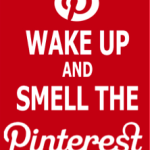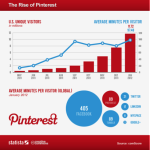 Ever looked for a new positioning for your advertising agency?
Ever looked for a new positioning for your advertising agency?
If the answer is yes, you are not alone. There are thousands of advertising agencies that wake up everyday and wonder if their agency brand position is going to help them get the attention of a desirable account. Unfortunately, they go to sleep knowing that they haven’t found that super special secret sauce.
What makes this daily exercise worrisome is that these agencies clearly know that they won’t differentiate their brand by having a positioning that sounds like the agency down the street, in the next state or across the world. [Read more…] about The Lunacy Of Advertising Agency Positioning






